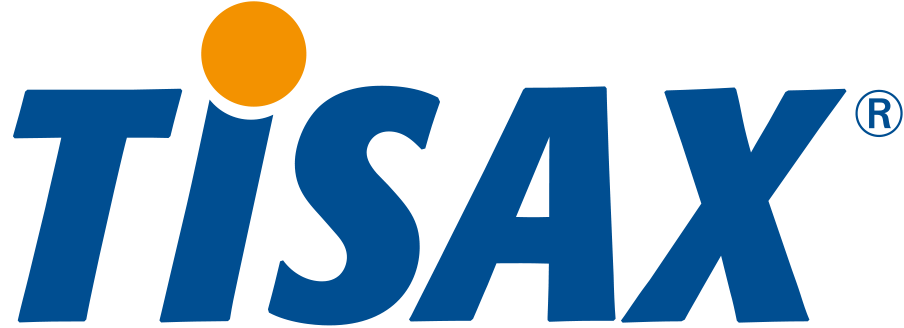Coding/Software Development
It may first appear that coding is quite a specialized IT-related application of ChatGPT. However, what ChatGPT offers businesses are the opportunity and tools to empower members of their organization with coding skills. ChatGPT can assist with writing software code, completing incomplete fragments of code, identifying coding mistakes, optimizing code, and even testing its efficiency. ChatGPT is also simultaneously an encyclopedia of coding history, methods, and intricacies.
No-code and low-code development platforms have been utilized by entrepreneurs, startups, small businesses, and those who can’t afford top-of-the-line IT teams and experts.
Now, with ChatGPT, entrepreneurs, and leaders, to a fair extent, can integrate coding into their business operations and strategy. This opens up a whole new array of options for business leaders to explore. With ChatGPT, the aperture of innovation opens up significantly.
Content Creation
“Content” has been the buzzword for a few years. Most companies have to generate high-quality and engaging content to keep an active conversation going with their audience and customers. Content creation is often the centerpiece of a marketing strategy and ChatGPT is starting to allow businesses to elevate and scale their content creation at significantly lower costs. AI-generated content is quickly becoming the go-to plan for marketing leaders.
Since ChatGPT specializes in text-based content, it’s a perfect solution for screenplays, loglines, and synopses for visual media, as well as written content marketing like blogs, think pieces, whitepapers, emails, and social media posts. ChatGPT is a robust tool in the hands of marketing leaders because it makes businesses capable of generating high volumes of SEO-optimized content at high speeds, without the expenses of hiring or outsourcing writers and creatives.
Customer Service
As mentioned above, customer service is the dominant application for chatbots like ChatGPT. While other use cases arise, customer service will remain a hotspot for ChatGPT usage. Companies can train and leverage ChatGPT to quickly respond to customer inquiries, complaints, and comments. This can be a luxury for micro-businesses, sole proprietors, or businesses in an early stage that don’t have budgets for 24/7 customer care.
In addition to directly responding to messages from customers, ChatGPT, as it continues to develop, can keep conversations active, find out information from customers, and direct them to an array of products and services that they might not have been aware of before. Business leaders need to remember that replacing their customer service representatives with ChatGPT might be rash. It would be wiser to empower their existing agents with tools like ChatGPT.
Cloud Navigation
Numerous companies from various industries are leaving the old pastures of on-premise data centers and moving to cloud-based IT infrastructures. Most new companies go straight to the cloud. The cloud is widely acknowledged to be a more optimal modern solution. It can potentially be cheaper, easier to use, and yield better results for businesses. However, not all businesses are familiar with the technicalities of cloud computing and related infrastructure.
ChatGPT can educate entrepreneurs and business leaders about cloud-based infrastructure, solutions, providers, tools, and tactics. It can provide a list of best practices for cloud adoption and empower businesses with a solid roadmap (or multiple roadmaps for them to choose from). ChatGPT is a useful tool to simulate variations of cloud infrastructures to explore which might work best for a particular business and its specific needs, objectives, and resources.
Competitor Analysis
An interesting and incredibly useful application of ChatGPT is to conduct detailed competitor analysis. This kind of analysis can be done by established companies who want to scan their competitors’ activities as well as new entrants who wish to explore a market to identify and carve out a niche for themselves within it. ChatGPT can provide senior leadership with deep insights about competitors that can enhance decision-making and influence strategic pivots.
Some examples of the information that business leaders can mine out of ChatGPT include comprehensive lists of competitors, their products and services, testimonials, complaints, marketing and advertising strategies, and pricing plans. This kind of constant and contextualized surveillance of competition can help businesses constantly refine their offerings to remain fresh, unique, and of value. ChatGPT can be used to sharpen differentiators.
Compliance
Businesses have to abide by ever-evolving regulations. These regulations can be specific to industries, governments, or geographies. It’s a lot for businesses to stay on top of, especially those without massive portions of their budget to spare. ChatGPT isn’t advanced enough yet to provide flawless details on regulatory compliance. Companies would be taking a massive gamble by following the compliance guidance of ChatGPT.
What ChatGPT can offer businesses and their leaders regarding compliance is a rich platter of introductory information. Businesses will have to fact-check their learnings but ChatGPT can be a useful tool to explore a broad and complex canvas in a relatively short period. While ChatGPT usage to stay compliant doesn’t seem quite as exciting as other use cases just yet, future iterations of the chatbot could offer more for compliance than just being a search engine.
Cybersecurity
Malicious attackers from all around the world have begun to use ChatGPT to identify vulnerabilities in the infrastructure of their targets and even create malware. This, rightly, should make companies concerned. However, there are certain cybersecurity capabilities that ChatGPT could be trained on to become a counterforce to these malicious hackers. Firstly, it can provide broad research about cybersecurity best practices, tools, and protocols.
ChatGPT is an imperfect but dedicated student. It’s capable of internalizing archival security documents, incident response reports, and disaster recovery plans to become proficient at generating or designing similar documents for new security incidents. While there’s still a lot to be discovered on how ChatGPT can aid cybersecurity, it’s a great low-cost resource for entrepreneurs and businesses to stay educated about threats and optimal defense.






